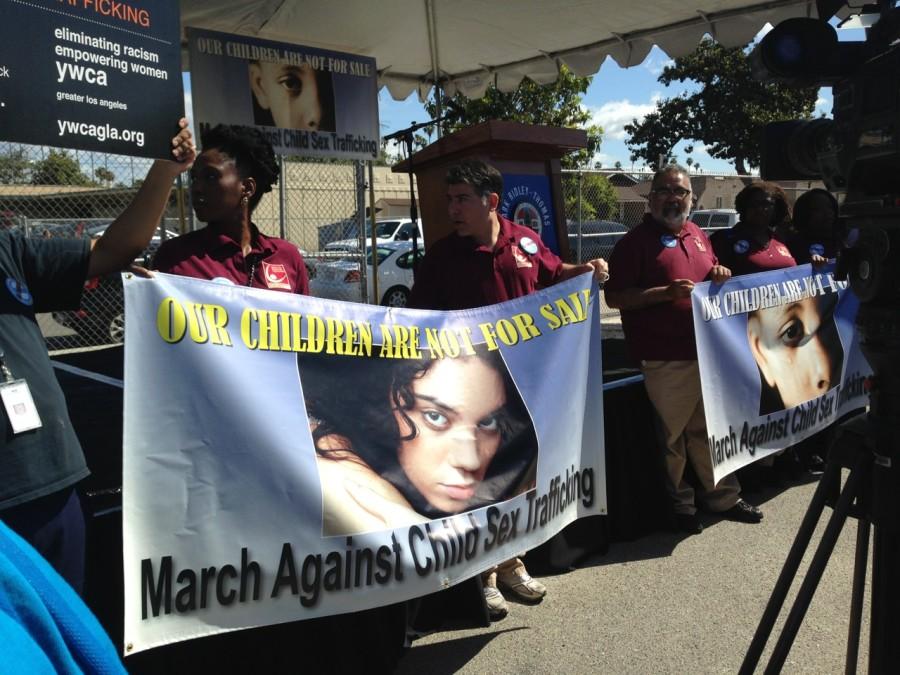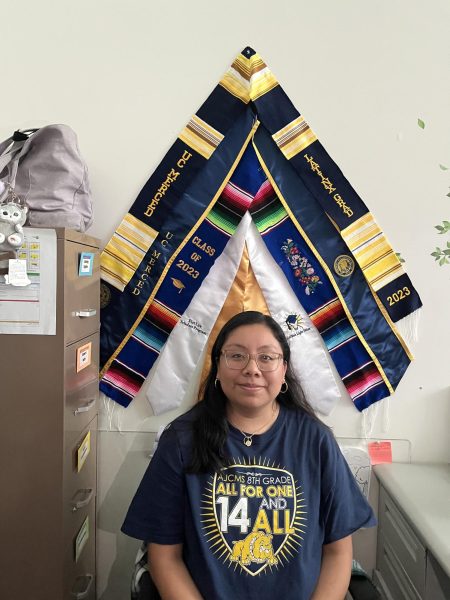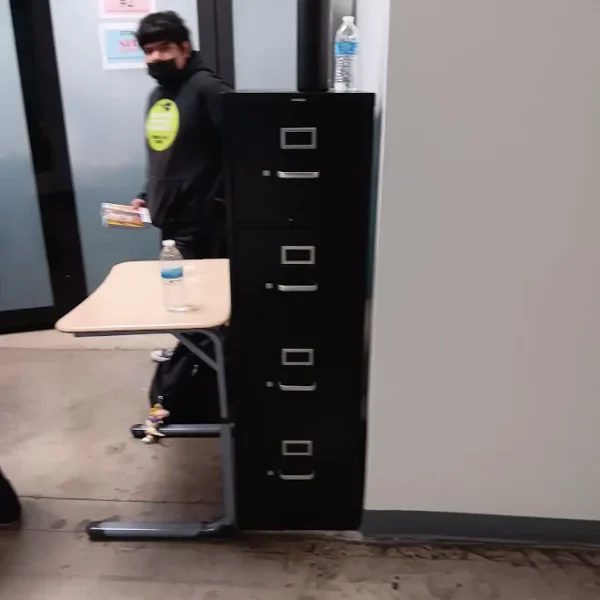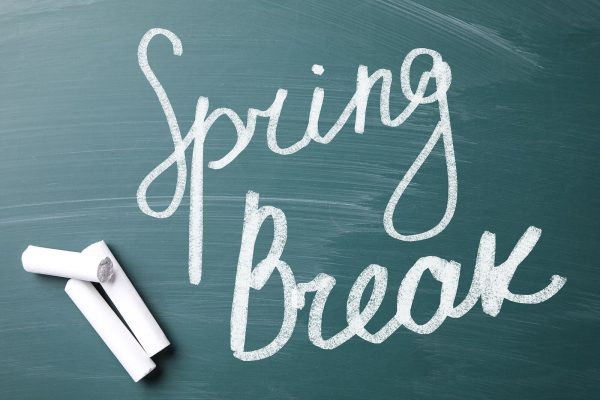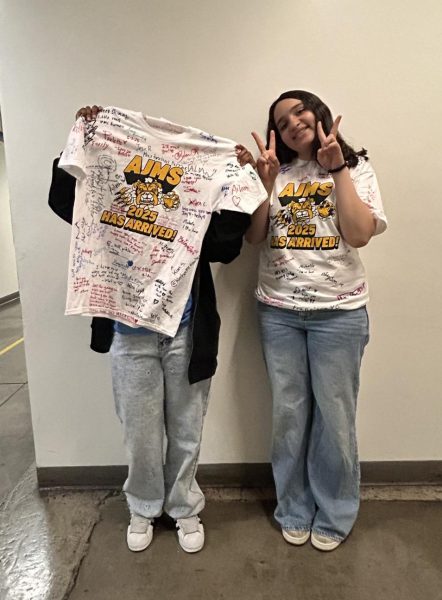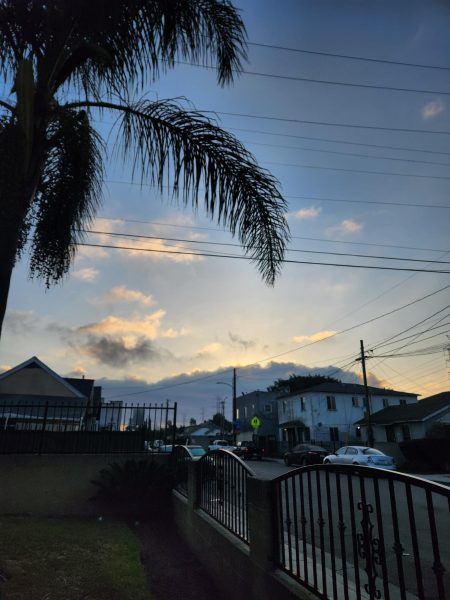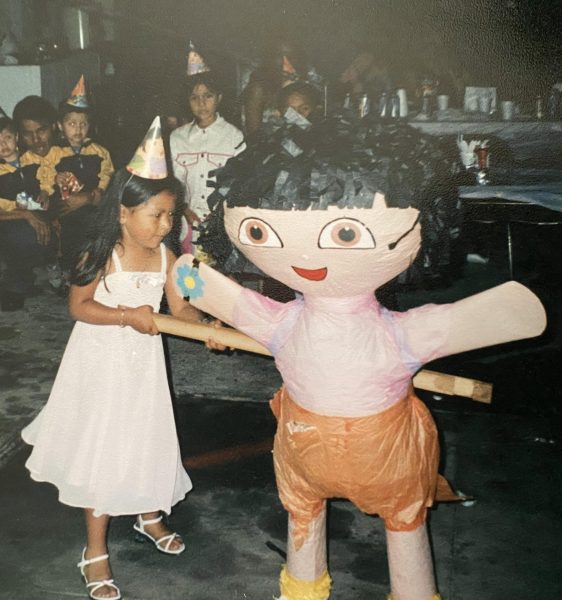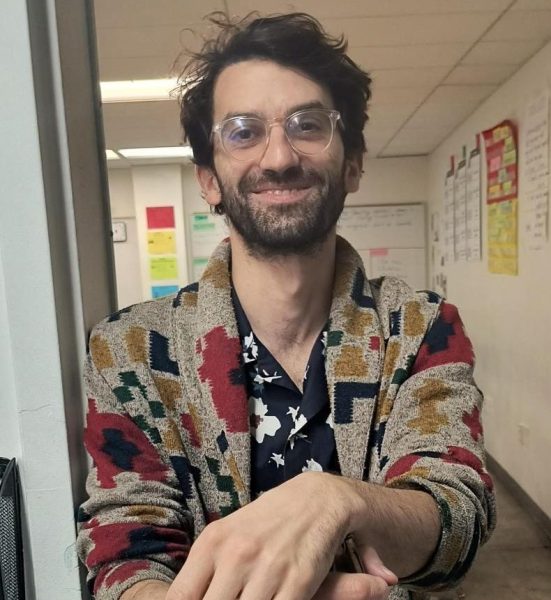Standing up Against Slavery
After many, many centuries of slavery, slavery is still common today in places like Africa, India, Japan even here in California! A prevailing form of slavery is human sex trafficking. Men, women and even young girls and boys usually starting at young ages are victims of sexual exploitation.
Slavery is when a person is forced to perform exhausting labor or has restricted freedom. People have been taking a stand against cruel acts on people by becoming activists and going to marches, helping at refuge homes, going to community rallies, being updated with crimes that occur and more.
These poor people are drugged, raped, abused, and are not treated as human beings.
Media, the movie industry, music industry and others advertise people like young girls as happy and treated as sex slaves. Pimps, the offenders are glorified but should not be, because the industry they run violates human rights.
Offenders use tactics to maintain those who work for them, and to trick people into the industry. One of the publications that was passed out in the march at the end of April is from www.Sowers EducationGroup.com. Those working in the slave human trafficking industry often become recruiters for more slaves. To see the publication read “Pimp Tactics 101” at www.Sowers EducationGroup.com
A recent march against human sex trafficking occurred in the city of Los Angeles where law makers, organizations, and other activists attended to fight against human trafficking.
Yolanda Vera, the Senior Health Deputy of Supervisor Mark-Ridley Thomas attended the march and she said, “Human trafficking is a problem for so many reasons. One is bad fundamental issue of respect and community wellness because our kids to live, need to feel safe and respected ” Vera said that when you work with the community and lawmakers, it helps show the predators that it is too risky to continue to violate people.
Supervisor Mark-Ridley Thomas said that it is important to stand up against slavery to put a stop to people having miserable lives.
Also, people being trafficked should not be called names for example prostitutes or criminals, but as victims.
Myths and Facts:
Myth #1:All human trafficking victims attempt to seek help when in public. (www.dhs.gov)
Fact#1:Human trafficking is often a hidden crime. Victims may be afraid to come forward and get help; they may be forced or coerced through threats or violence; they may fear retribution from traffickers, including danger to their families; and they may not be in possession or have control of their identification documents. (www.dhs.gov)
Myth#2: Human trafficking and human smuggling are the same. (www.dhs.gov)
Fact#2:Human trafficking is not the same as smuggling. ”Trafficking” is exploitation-based and does not require movement across borders. “Smuggling” is movement-based and involves moving a person across a country’s border with that person’s consent, in violation of immigration laws.
Although human smuggling is very different from human trafficking, human smuggling can turn into trafficking if the smuggler uses force, fraud, or coercion to hold people against their will for the purposes of labor or sexual exploitation. Under federal law, every minor induced to engage in commercial sex is a victim of human trafficking.
(www.dhs.gov)
Myth#3:Human trafficking victims are only foreign born individuals and those who are poor. (www.dhs.gov)
Fact#3:Human trafficking victims can be any age, race, gender, or nationality: young children, teenagers, women, men, runaways, United States citizens, and foreign born individuals. They may come from all socioeconomic groups. (www.dhs.gov)
Myth#4:Victims of trafficking are always kept locked up. (www.dosomething.org)
Fact#4: People being trafficked are not always held hostage. They could be walking down the street, making trafficking hard to spot. (www.dosomething.org)
Myth#5: People being trafficked always come from situations of poverty.(www.dosomething.org)
Fact #5: Human trafficking can happened to anyone. Just because a person has money, does not mean they are safe from being forced or tricked into trafficking.(www.dosomething.org)
Myth#6:All traffickers are the same as what they look like in the movies.(www.dosomething.org)
Fact #6:Not all traffickers are powerful gangsters. Ringleaders of trafficking schemes could be average people, restaurant owners, politicians, businessmen, etc.(www.dosomething.org)
Myth#7:Only women are trafficked.(www.dosomething.org)
Fact #7:Reality check: Men, boys and girls are also sold into both sex and labor trafficking.(www.dosomething.org)
Myth#8:Prostitution is always voluntary.(www.dosomething.org)
Fact #8:Wrong. People are forced or tricked into prostitution all around the world.(www.dosomething.org)
Be a hero and get involved today!
For more information and help get connected with:
-Ywca.org and hotline
-National Human Trafficking Hotline 1-888-3737-888 (all calls are confidential)
-www.SowersEducationGroup.com
-www.unodc.org
Eighth grader
